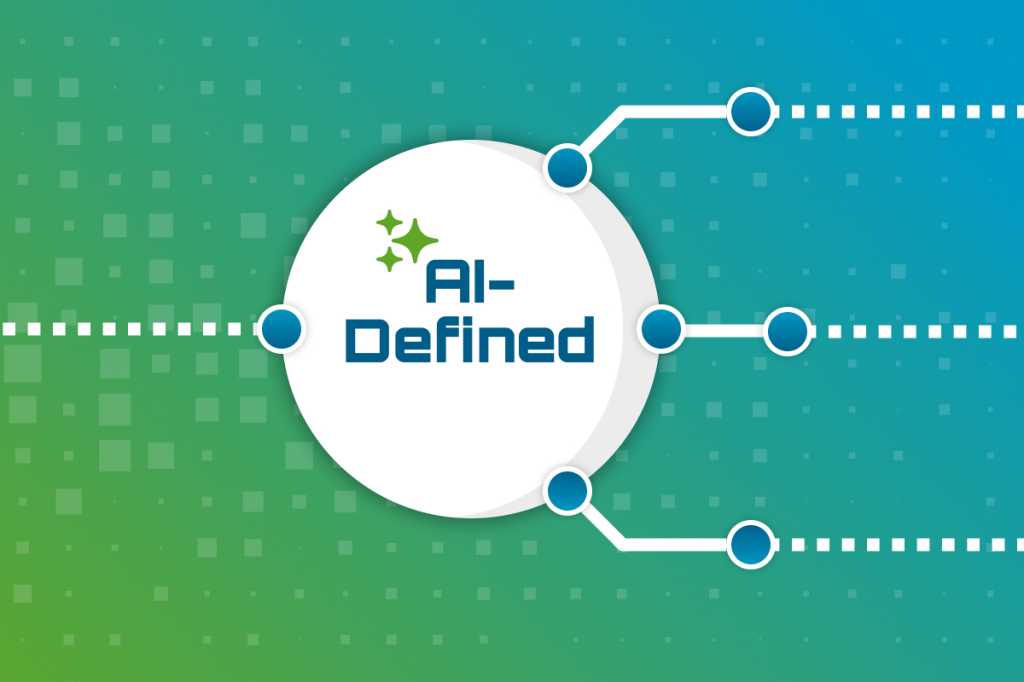
The rapid progress of artificial intelligence (AI) is transforming the landscape of enterprise IT, prompting a shift from traditional hardware-defined systems to dynamic, software-defined architectures—especially within the critical domain of load balancing. This change is being driven by the need for higher application resilience, smarter autoscaling, and autonomous system recovery leveraging AI and large language models (LLMs).
Load balancing, which ensures that application traffic is distributed evenly across servers to avoid performance bottlenecks, has historically relied on hardware-based appliances. However, these systems can be rigid, costly to scale, and slow to respond to modern application demands.
With the rise of AI—including advancements in predictive AI, generative AI (genAI), and machine learning models—new possibilities have emerged. Modern load balancing architectures are now evolving into software-defined platforms that are AI-driven. These intelligent systems can predict incoming traffic loads, scale computational resources accordingly, and initiate self-healing actions in case of failures. This enables companies to improve performance, minimize downtime, and optimize resource utilization.
AI-enhanced load balancers also allow for expanded observability and automated decision-making. By interpreting vast volumes of operational data, they can proactively detect performance anomalies, recommend solutions, and implement fixes—often without human intervention. Moreover, generative AI and LLMs can further enhance infrastructure agility by enabling more intuitive management interfaces, real-time feedback loops, and sophisticated anomaly detection mechanisms.
As businesses continue to embrace digital transformation and move applications to cloud-native environments, the role of AI-defined infrastructure becomes increasingly critical. This shift aligns with broader trends in IT modernization, where software-defined networking (SDN), infrastructure as code (IaC), and container orchestration systems like Kubernetes are transforming how enterprise software operates.
In summary, the AI revolution is not only reshaping application logic and user interfaces—it is also redefining the underlying infrastructure. By adopting AI-enabled, software-defined load balancing strategies, organizations can build faster, more adaptive, and resilient systems designed to meet the ever-evolving demands of modern applications.
Source: https:// – Courtesy of the original publisher.








